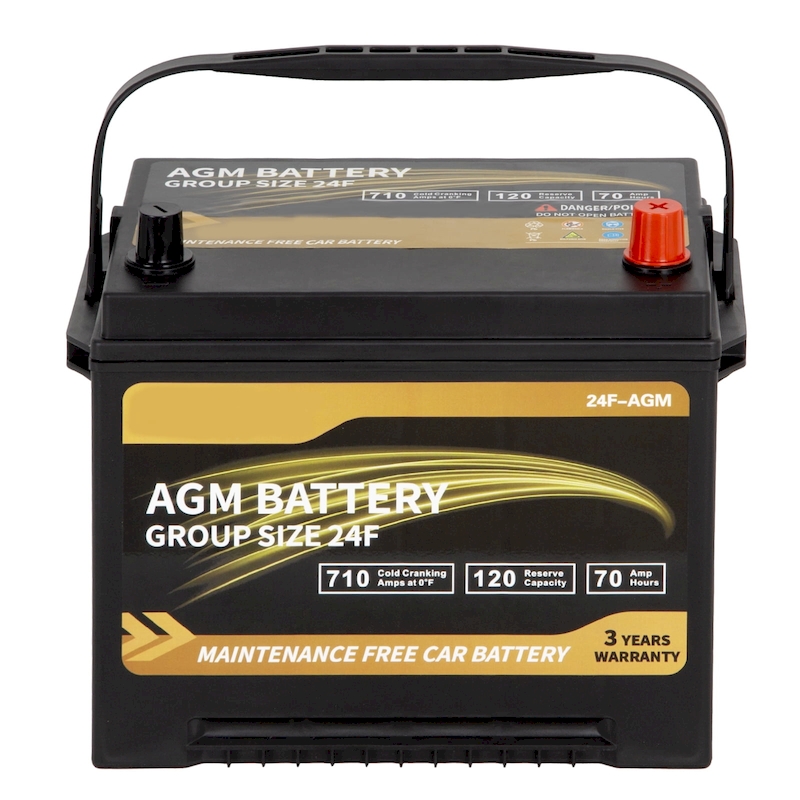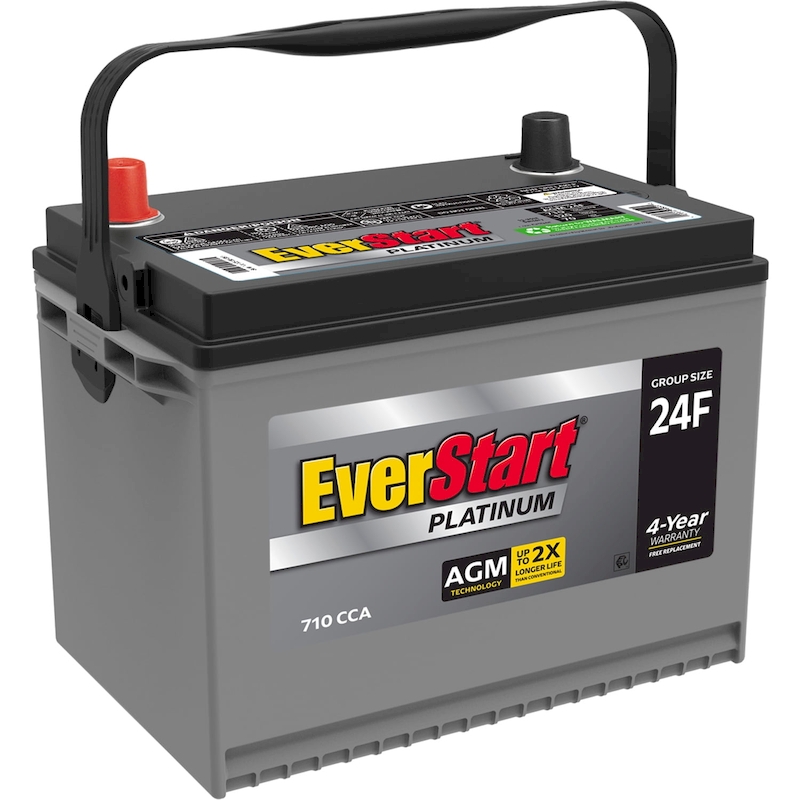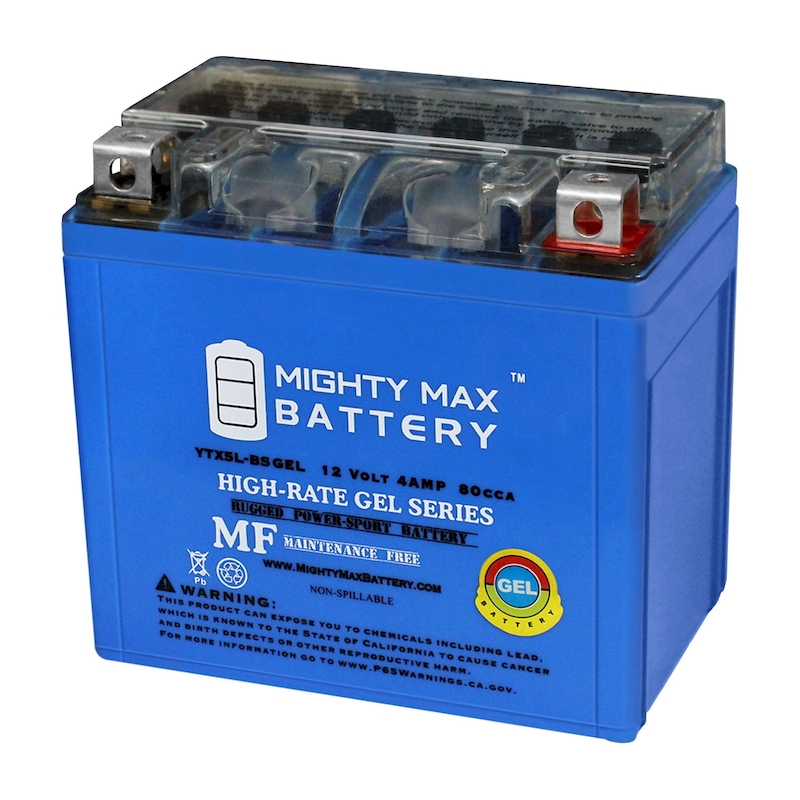When you’re on the road, few things are as frustrating as discovering that your vehicle won’t start due to a dead battery. This situation can happen at the most inconvenient times, leaving you stranded and stressed. Fortunately, a portable battery jump starter can be a game-changer. These compact devices allow you to jump-start your vehicle without needing another car or assistance from a professional, making them a practical solution for any driver. Portable battery jump starters have evolved significantly over the years and are now more powerful, user-friendly, and convenient than ever. They often come with additional features, such as USB ports for charging devices, LED flashlights, and built-in safety mechanisms, which enhance their utility. In this comprehensive guide, we’ll explore what a portable battery jump starter is, how it works, its key features, benefits, and our top picks in the market today. Whether you’re an everyday driver, an off-road enthusiast, or a fleet manager, this guide will provide the essential knowledge needed to make an informed decision when selecting a portable battery jump starter.
Understanding Portable Battery Jump Starters
To appreciate the value of a portable battery jump starter, it’s important to first explain what it is and how it functions.
Definition and Functionality
A portable battery jump starter is a compact, rechargeable device designed to deliver a quick burst of electricity to a vehicle’s battery, assisting in starting the engine when the battery is dead. Unlike traditional jump-starting methods that require another vehicle and cumbersome jumper cables, these jump starters can be used independently. They provide convenience and ease of use, ensuring that drivers can quickly address a dead battery issue without complications.
How It Works
The basic functionality of a portable battery jump starter involves the following components:
- Internal Battery: The primary feature of any jump starter is its internal battery, which stores electrical energy. This battery is typically composed of lithium-ion or lead-acid technology.
- Jumper Cables: Most jump starters come with integrated jumper cables, attached to the device. These cables are used to connect the jump starter to a car’s battery terminals.
- Safety Features: Advanced models often include safety features to protect against overcurrent, short-circuits, and reverse polarity. Protective mechanisms ensure that the jump starter operates safely for both the user and the vehicle.
When you connect the jump starter to a vehicle’s battery and initiate the starting process, it supplies the necessary voltage for the engine to crank and start. If the battery is downloadable but still functional, the jump starter can provide just enough power to kick-start the engine.
The Importance of Having a Portable Battery Jump Starter
Having a portable battery jump starter can be vital for various reasons. It not only provides peace of mind by preparing you for unexpected battery failures but offers immediate resolution to a problem that could otherwise lead to prolonged delays and frustration.
A portable battery jump starter adds a layer of security when traveling, especially in remote areas where assistance may be hard to find. Whether you’re commuting to work, going on a road trip, or simply running errands, this compact gadget can easily fit into your glove compartment or trunk, ensuring you’re well-equipped to handle a dead battery situation.
By understanding the basics of portable battery jump starters and their functions, we can appreciate their key benefits and features, making them an indispensable tool for every vehicle owner.
Key Features to Consider in Portable Battery Jump Starters
When choosing a portable battery jump starter, it’s crucial to consider various features that can enhance usability and effectiveness. Here are some key aspects to evaluate:
Jumping Power (Peak Amps)
The primary specification to consider is the jump starter’s power rating, typically expressed in peak amps or cranking amps. Higher peak amps indicate that the jump starter can deliver more power, crucial for starting larger engines or overcoming a completely dead battery. Look for models with a minimum of 400 peak amps for regular vehicles and higher for SUVs or trucks.
Battery Capacity
The battery capacity of a jump starter is usually measured in milliamp hours (mAh). A higher capacity battery can provide multiple jumps on a single charge, making it more reliable during emergency situations. It’s essential to select a jump starter that can handle your battery’s voltage requirements, ensuring optimal performance.
Portability and Design
Portability is a key consideration, especially if you plan to store the jump starter in your vehicle. Look for a lightweight model that is easy to handle and compact enough to fit in your trunk or glove box. Ergonomic designs with molded grips or handles can enhance usability.
Additional Functions
Modern portable battery jump starters often come equipped with extra features. Some common ones include:
- USB Ports: Many jump starters incorporate USB ports for charging smartphones and tablets, making them useful for multiple purposes, especially during road trips.
- LED Flashlights: An integrated LED flashlight can be invaluable during nighttime emergencies or when you need extra visibility while working on your vehicle.
- Air Compressor: Some models include a built-in air compressor for inflating tires, adding even more versatility to the device.
Safety Features
Safety should always be a priority when selecting a jump starter. Look for devices that include built-in safety features, such as:
- Reverse Polarity Protection: This feature prevents sparks and potential damage if the jumper cables are connected incorrectly.
- Overcharge Protection: Ensures the jump starter doesn’t overcharge, extending its lifespan and maintaining battery health.
- Short Circuit Protection: If a fault occurs, this feature helps prevent damage to the jump starter and the vehicle’s electrical system.
Quality of Construction
Durability is an essential factor when considering a portable jump starter. Look for units made from high-quality materials that can withstand wear and tear. Some jump starters are designed with rugged exteriors, protecting them from drops or impacts.
By considering these key features, you can choose a portable battery jump starter that fits your specific needs while ensuring reliability and efficiency in critical situations.
Benefits of Using a Portable Battery Jump Starter
Using a portable battery jump starter comes with numerous benefits that enhance convenience, safety, and overall vehicle maintenance. Here are some of the top advantages:

Convenience
One of the standout features of a portable battery jump starter is its convenience. Instead of relying on another vehicle or waiting for roadside assistance, you can jump-start your engine independently in a matter of minutes. This immediacy alleviates stress during unexpected situations, allowing you to continue your day without significant interruptions.
Empowerment for Drivers
Having a portable jump starter empowers drivers to troubleshoot and resolve battery issues confidently. This self-sufficiency increases peace of mind, knowing you have the tools necessary to handle unexpected breakdowns effectively.
Cost Savings
Investing in a portable battery jump starter can lead to long-term cost savings. Depending on the frequency of battery issues, you could save on tow truck fees and service charges. By addressing battery problems promptly, you also reduce wear and stress on the vehicle’s components, preserving overall vehicle integrity and extending the lifespan of your battery.
Multi-Functionality
Many portable battery jump starters come loaded with additional features that increase their value. From USB charging capabilities to built-in flashlights, these devices can serve multiple purposes, making them practical tools for everyday use, especially for individuals who frequently travel.
Enhanced Safety
Carrying a portable battery jump starter contributes to safer driving experiences. Quick access to this tool can avert dangerous situations, particularly on busy roads or isolated areas in case of breakdowns. Ensuring you have safety options on hand enhances overall journey security.
Improved Battery Maintenance
Regular use of a portable jump starter can help drivers stay aware of their battery’s health. If you find yourself frequently needing to jump-start your vehicle, it might signal a declining battery. This awareness allows you to take preemptive measures, such as replacing the battery before it fails completely.
These benefits highlight the utility of portable battery jump starters, underscoring their value as essential automotive tools.
Best Practices for Using Portable Battery Jump Starters
While portable battery jump starters offer immense convenience, it’s important to follow best practices for effective and safe use. Here’s a guide to ensure that you utilize your jump starter properly:
Familiarize Yourself with the Device
When you purchase a portable battery jump starter, take the time to read the instruction manual thoroughly. Understand how to operate it, charge it, and recognize its features. Familiarizing yourself with the device will prepare you for emergency situations.
Regularly Charge the Jump Starter
Portable battery jump starters require regular charging to maintain their effectiveness. Be sure to charge the device periodically, especially before embarking on longer trips. Most manufacturers recommend checking the battery level and charging it every few months, even if it hasn’t been used.
Check Connection Points
Before using the jump starter, inspect the cables and connection points for any signs of wear or damage. Ensure that clips are clean and free from corrosion to guarantee proper conductivity and minimize risks during use.
Follow Proper Jump-Starting Techniques
When jump-starting your vehicle, adhere to these steps for a successful operation:
- Turn Off All Electronics: Make sure all accessories in your vehicle, such as headlights and radio, are turned off before attempting to jump-start.
- Connect the Cables: Attach the positive (red) clamp to the positive terminal on the dead battery and the other end to the positive terminal on the jump starter. Next, connect the negative (black) clamp to the negative terminal on the jump starter, then to an unpainted metal surface on the vehicle (this acts as a ground).
- Start the Vehicle: Turn on the jump starter and attempt to start your vehicle. If the engine doesn’t turn over immediately, wait a minute and try again.
- Disconnect Safely: Once the vehicle has started, disconnect the cables in reverse order—negative cable first, then positive. Allow the vehicle to run for a short time to recharge the battery.
Monitor the Battery’s Condition
As you utilize your portable battery jump starter, keep an eye on the health of your vehicle’s battery. If you find yourself relying on the jump starter frequently, it is likely time to evaluate and potentially replace the vehicle’s battery.
Store Your Jump Starter Properly
Proper storage can prolong the life of your jump starter. Keep it in a cool, dry place, away from extreme weather conditions. Avoid exposing the jump starter to moisture or excessive heat to maintain its functionality.
Inspect for Updates and Improvements
As technology evolves, be open to upgrading your jump starter as new features and improvements become available. Enhanced models may provide better performance, added functionalities, and safety features that previous generations lack.
By following these best practices, you can ensure that your portable battery jump starter remains a reliable tool that enhances your driving experience.
Troubleshooting Common Issues with Portable Battery Jump Starters
Despite their effectiveness, portable battery jump starters may encounter issues from time to time. Understanding common problems and troubleshooting techniques can help you resolve them easily.
Not Charging or Holding Charge
One of the most common issues with portable jump starters is that they fail to charge or hold a charge effectively. Here are some troubleshooting steps:
- Check Connections: Ensure the jump starter is correctly plugged into the wall outlet and that the power source is functioning. Inspect the charging cables for damage.
- Inspect for Damage: If the device is not holding a charge, look for physical damage or swelling. If you notice any abnormal signs, the jump starter may need to be replaced.
- Reset the Unit: Some jump starters have a reset feature that can restore functionality, especially if they’re stuck in an error state.
Insufficient Power Output
If the jump starter powers on but fails to jump-start your vehicle, there may be several causes:
- Insufficient Charge: Confirm that the jump starter is fully charged before use. If it has low power, it may not provide enough voltage to start the engine.
- Connection Issues: Double-check that the clamps are securely attached to the correct battery terminals. If connections are loose, they can prevent proper power transfer.
- Compatibility with Vehicle: Ensure the jump starter has enough peak amps for your vehicle’s engine size. If not, it may struggle to provide adequate power.
Overheating
Some jump starters can overheat, particularly during prolonged use. To troubleshoot this issue:
- Allow Cooling Off: If the jump starter overheats, turn it off and allow it to cool for a period before attempting to jump-start again.
- Avoid Continuous Use: Avoid using the jump starter for longer than recommended. Adhere to manufacturer specifications regarding duration and frequency of use.
Faulty Battery
If you experience recurring issues with your jump starter, it’s essential to assess the battery’s health. Battery failure is a typical cause of many problems.
- Battery Age: If the jump starter is several years old, its battery may have reached the end of its lifespan. In that case, consider replacing the unit.
- Replacement Options: Investigate if the jump starter model allows for battery replacement or if you need to purchase a new unit.
By understanding common issues and following troubleshooting techniques, you can maintain the efficacy of your portable battery jump starter and ensure it works effectively when you need it most.

Conclusion
In conclusion, portable battery jump starters are essential tools for every vehicle owner. They offer practicality and peace of mind, empowering drivers to resolve battery issues quickly and effectively. As you’ve learned throughout this extensive guide, understanding what a portable battery jump starter is, how to utilize it and recognizing its features can enhance your driving experience and safety.
When you choose the right jump starter, familiarize yourself with the operating procedures, regularly maintain the unit, and stay informed about any troubleshooting techniques to keep it functioning effectively. By taking these proactive steps, you can ensure your investment serves you well for many years.
As automotive technology continues to evolve, the role of portable battery jump starters will remain vital in enhancing vehicle safety and performance. Stay committed to keeping your vehicle in optimal condition, and you can navigate any roadside emergencies with confidence.
